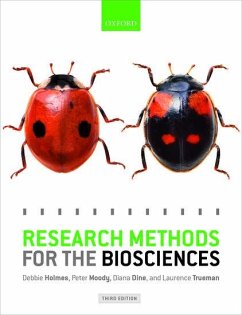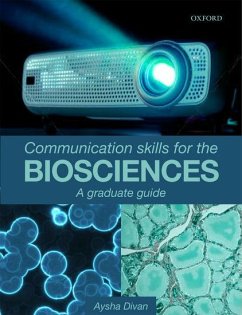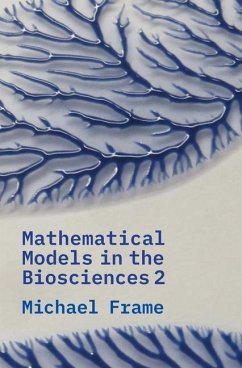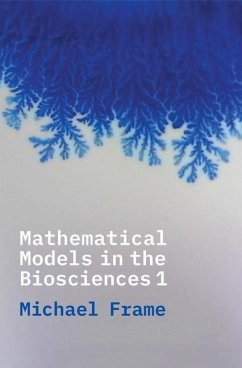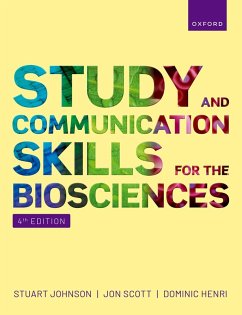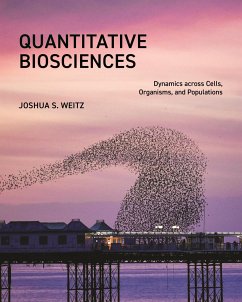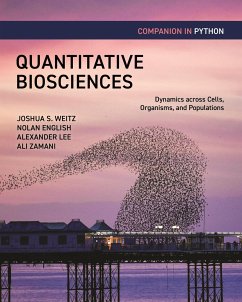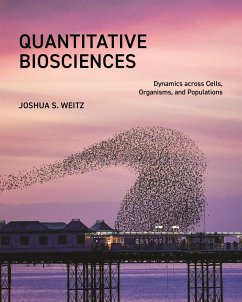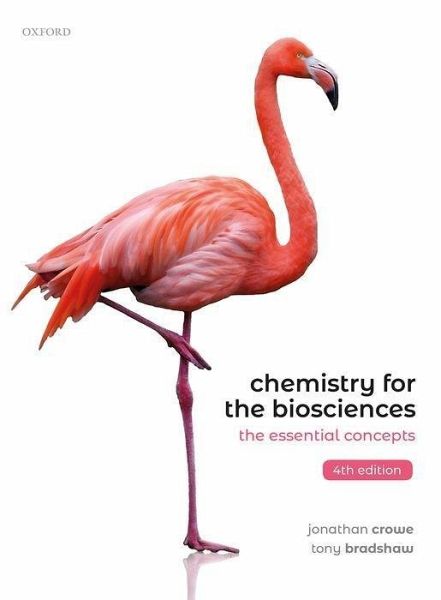
Chemistry for the Biosciences
The Essential Concepts
Versandkostenfrei!
Versandfertig in 2-4 Wochen
76,99 €
inkl. MwSt.

PAYBACK Punkte
38 °P sammeln!
Chemistry for the Biosciences introduces the essential concepts of chemistry central to understanding biological systems. With an emphasis on straightforward explanations, it features biological examples that illustrate how integral chemistry is to the biosciences, and includes learning features to help students master the essentials.



